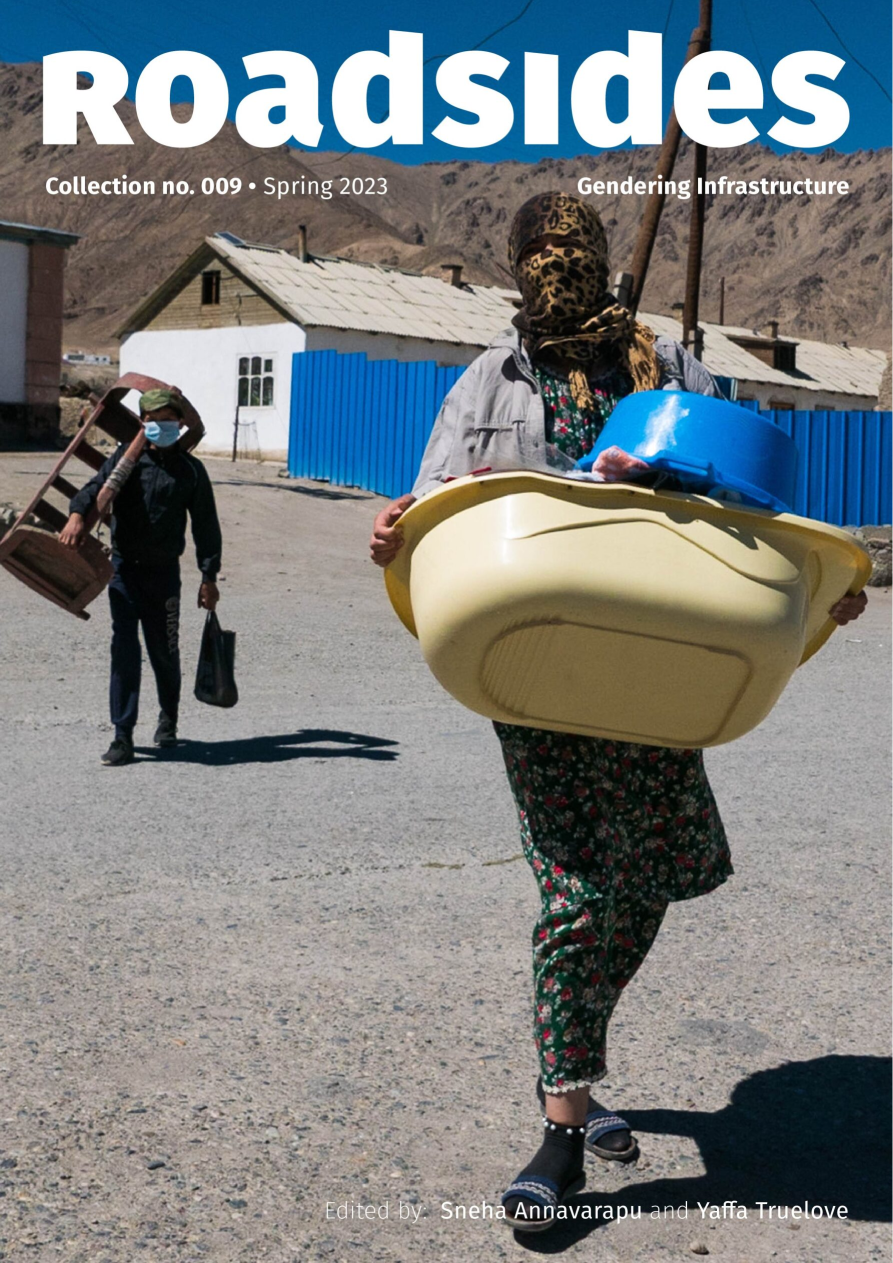
Infrastructures as diverse as open-air urinals on the streets of Paris, smart meters that monitor water flows to residents in Cape Town, and the Boda Boda transport systems that enable mobility in Kampala are highly gendered. At the micro-level, gender constructions play a substantial role in everyday infrastructure uses and practices such as where and for whom a toilet can be accessed. At regional, national and international scales gendered symbolism and power relations shape the forms and meanings that buildings, roads, and digital infrastructures take. Despite the pervasiveness with which gender shapes our everyday life, gendered dimensions of infrastructure have received relatively less attention in the literature compared with other aspects of the social, political and cultural embeddedness of infrastructure.
In this issue of Roadsides, we aim to add to the emergent but significant scholarship that tackles the conceptual and analytical intersection of gender and infrastructure. Thinking infrastructurally, we posit, implies thinking about gender relations and their myriad manifestations in social life. Instead of thinking about gender as but another variable to keep in mind while assessing the impact of infrastructure in daily life, we contend that gender fundamentally shapes infrastructure and is, in turn, shaped by infrastructure.